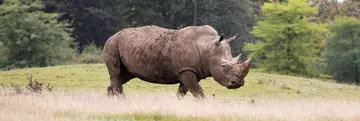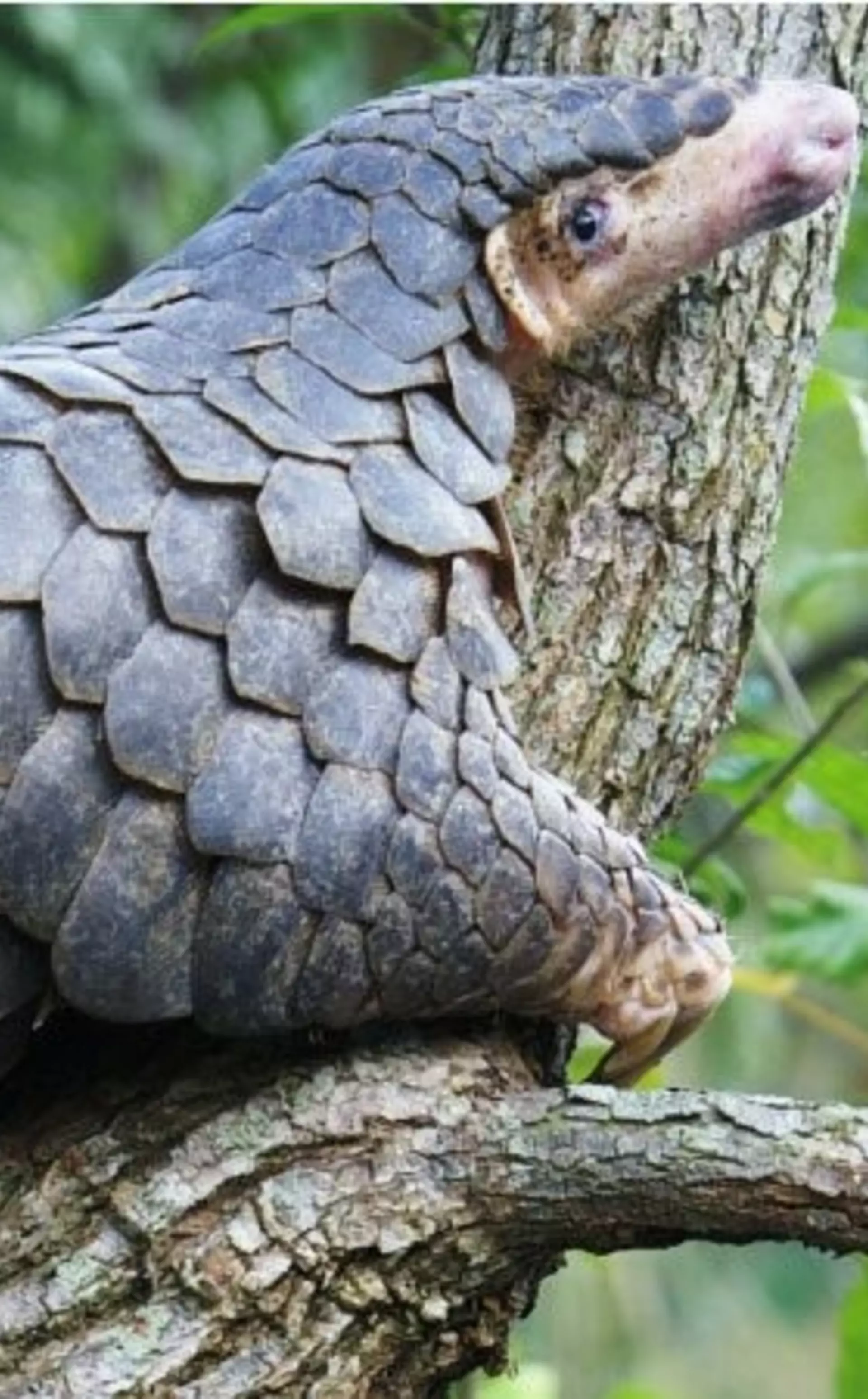
In wildlife under threat, students will explore the factors which may contribute to the extinction of a species. They will learn how we measure if a species is of least concern or extinct in the wild. They will uncover the true figures behind the multi-billion pound wildlife trade, by delving into hunting for sport, overharvesting, medicines, and the illegal pet trade. Finally, they will be encouraged to discuss and debate some controversial statements about hunting and animal trading, using the information provided. After exploring their own opinions, students will find out how ZSL is working to combat these issues around the world and shining a light on this growing problem.
| Age: KS4 (14 - 16 years old) | Duration: 45 minutes | Capacity: 35 students | Indoor workshop |

Intended learning outcomes:
Students will be able to:
- Gain an understanding the major threats to wild animals.
- State some examples of animals that are endangered due to hunting.
- Identify some of the reasons why wild animals are hunted as part of the illegal wildlife trade
- Gain an understanding that the reasons why people hunt animals are complex and varied, and that in order to conserve animals we need to understand these reasons
- Gain an understanding of the work of ZSL wildlife trade, and what actions they can take action to help
Online Teaching Resources:
- Support your students' learning before, during or after a visit with our online teaching resources.
AQA GCSE Biology (8461) Specification Links
| 4.6 Inheritance, variation and evolution | 4.6.3 The development of understanding of genetics and evolution | 4.6.3.6 Extinction |
|
| 4.7 Ecology | 4.7.3 Biodiversity and the effect of human interaction on ecosystems | 4.7.3.1 Biodiversity |
|
| 4.7.3.3 Land use |
| ||
| 4.7.3.4 Deforestation |
| ||
| 4.7.3.5 Global warming |
| ||
| 4.7.3.6 Maintaining biodiversity |
|
OCR GCSE (9-1) Gateway Science Biology A Specification links
| Topic B6: Global challenges | B6.1 Monitoring and maintaining the environment |
|
Edexcel GCSE (9-1) Biology Specification Links
| Topic 9 – Ecosystems and material cycles |
|
